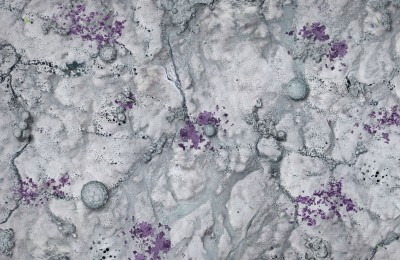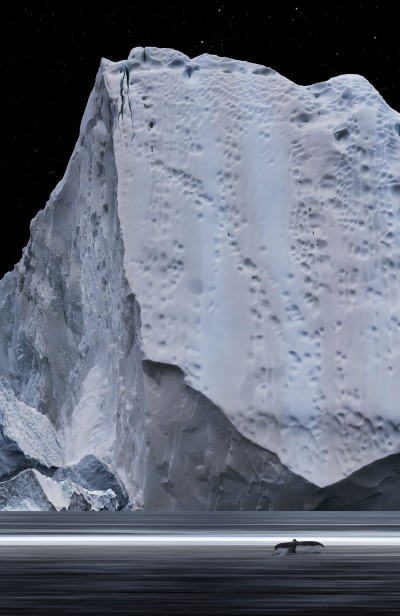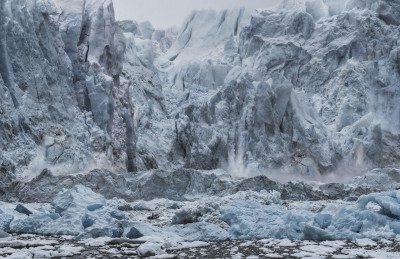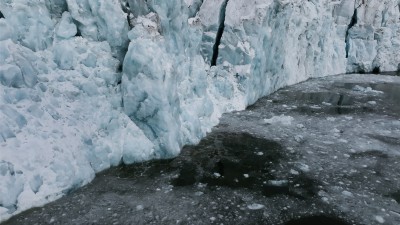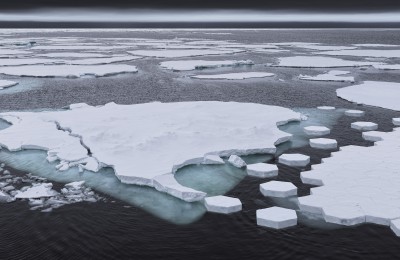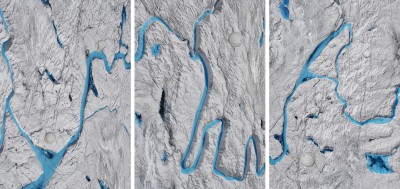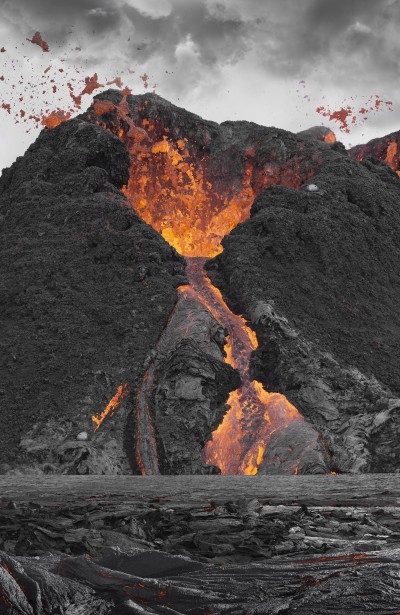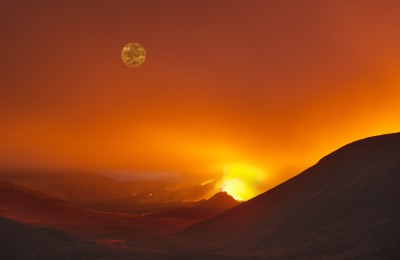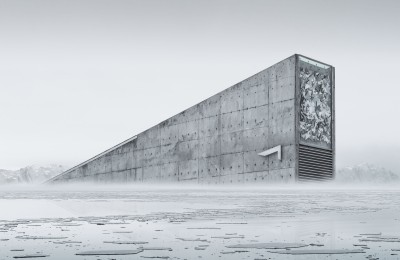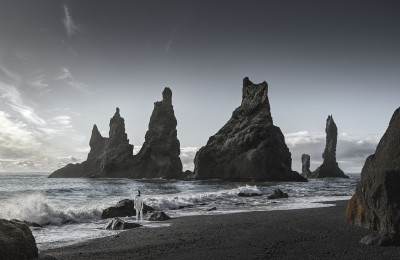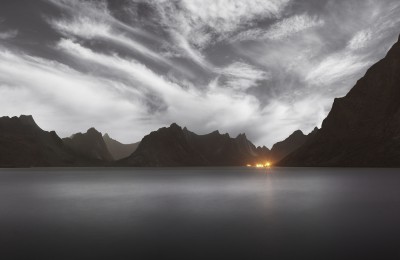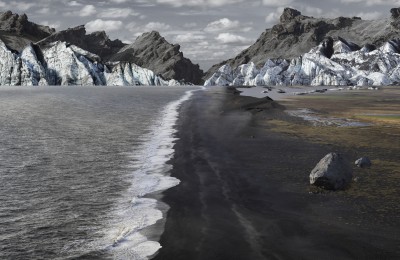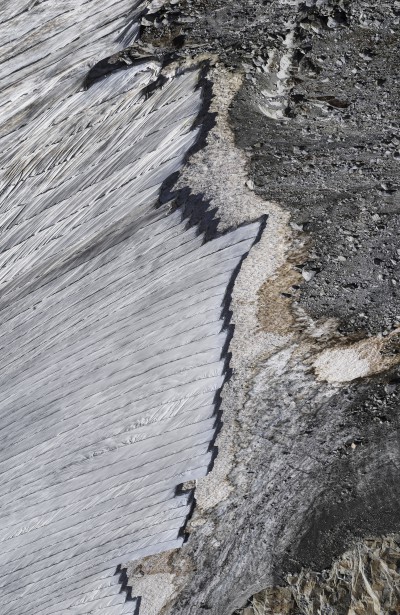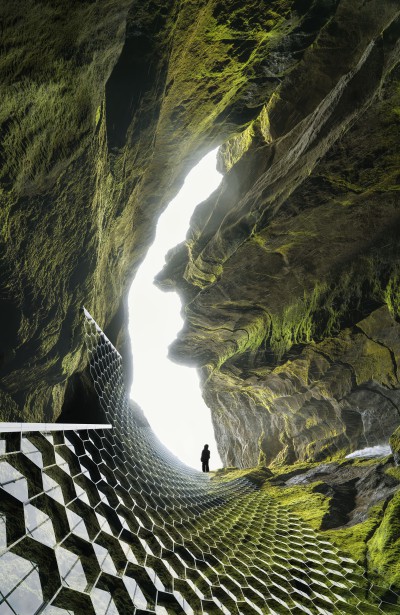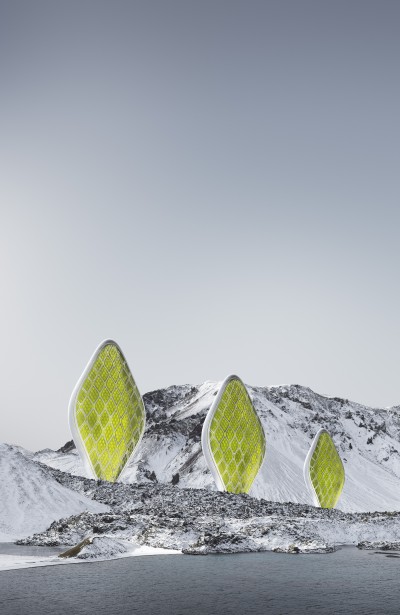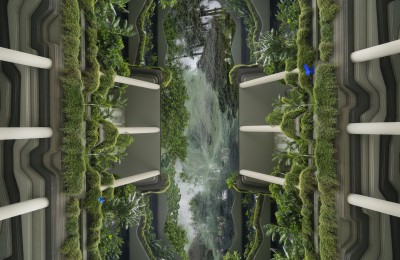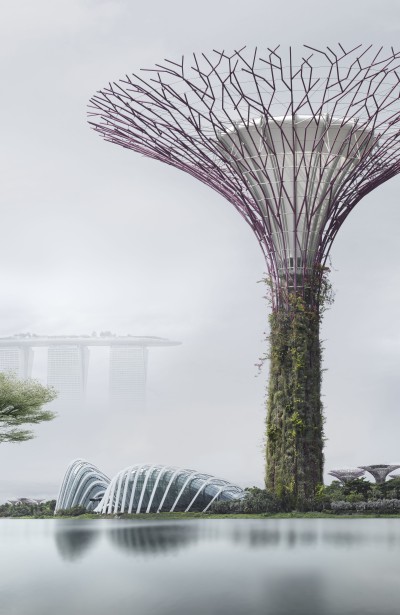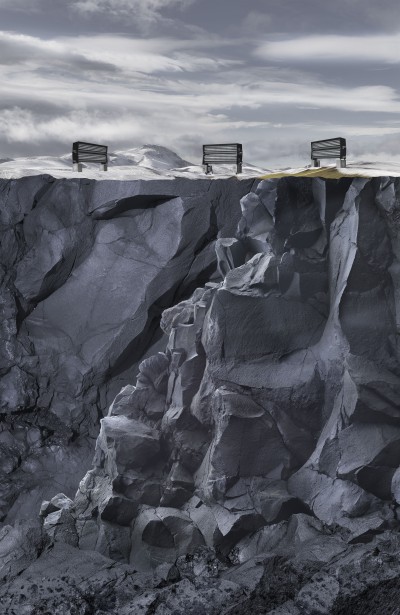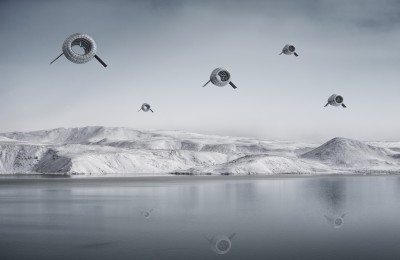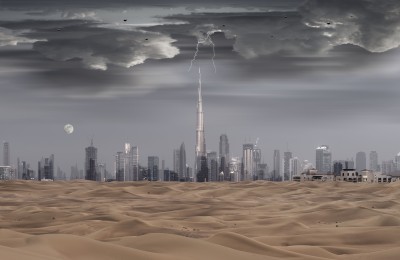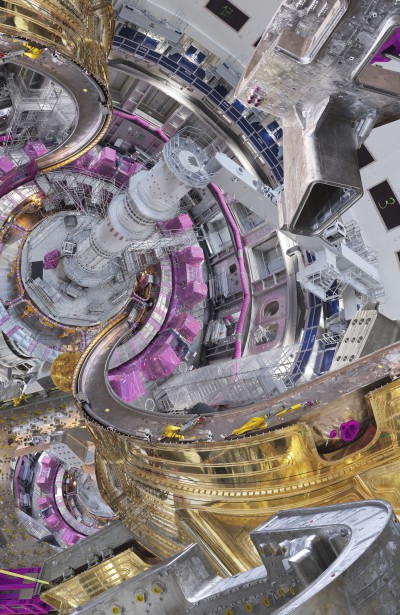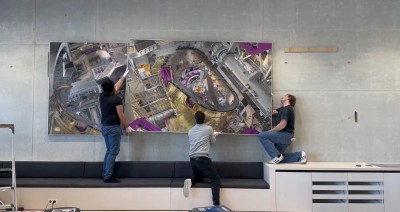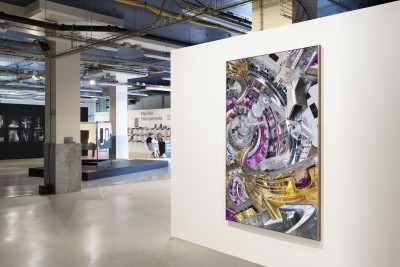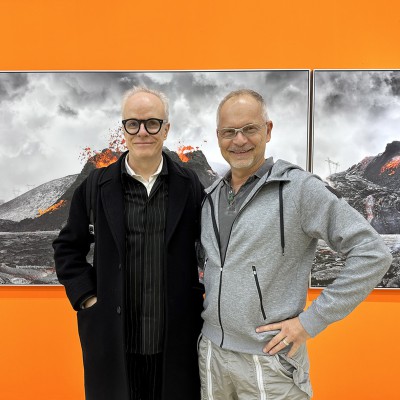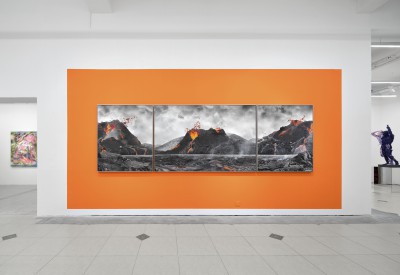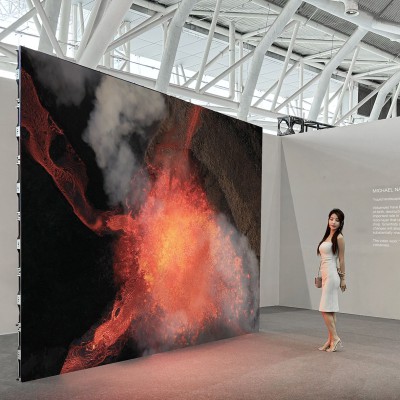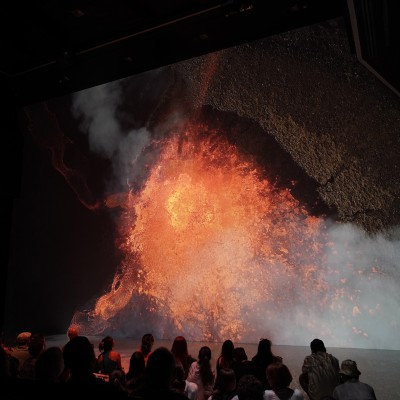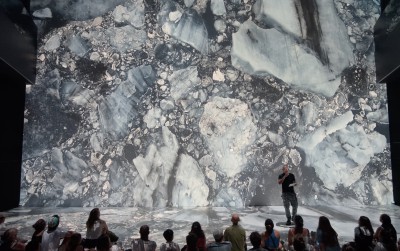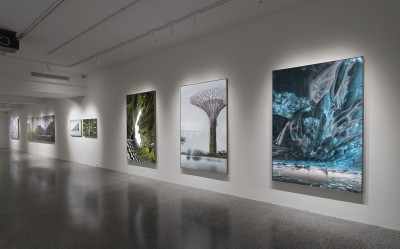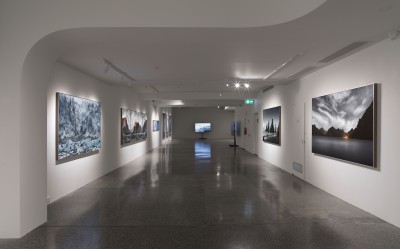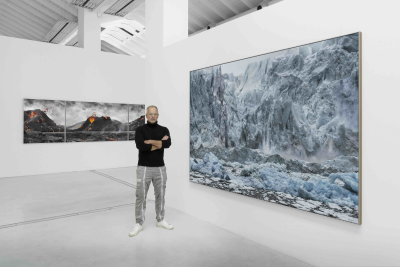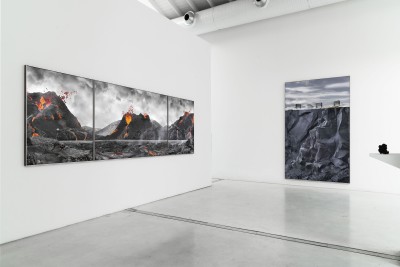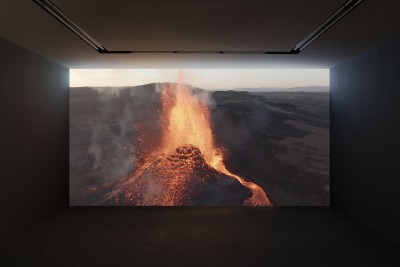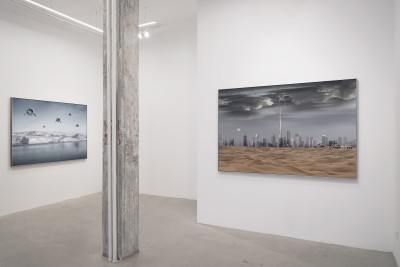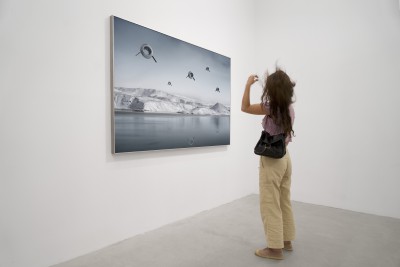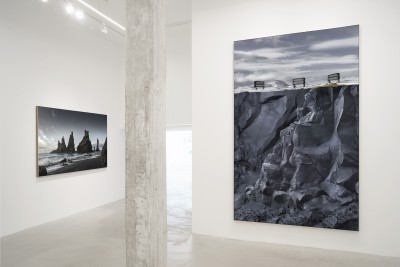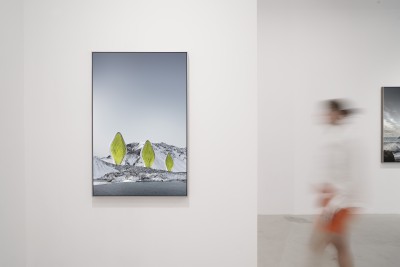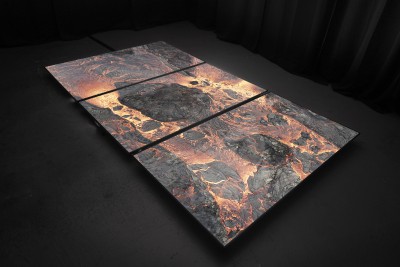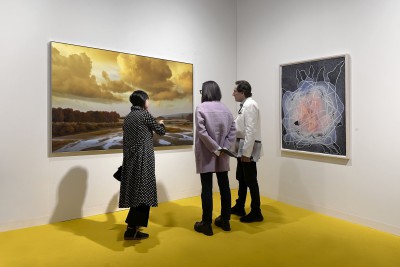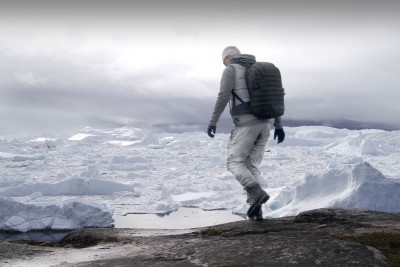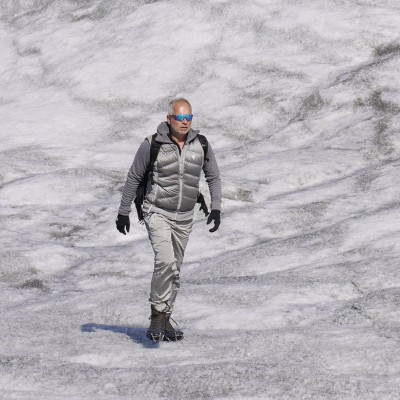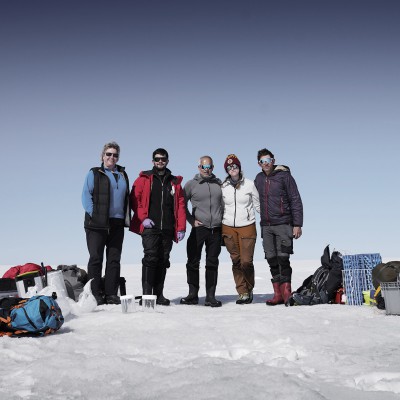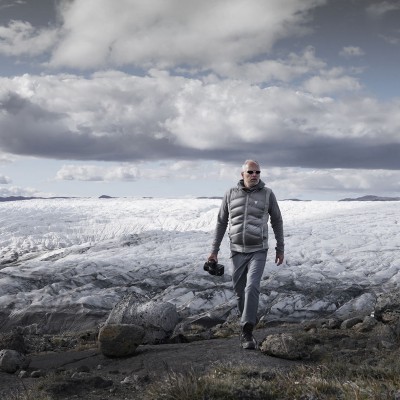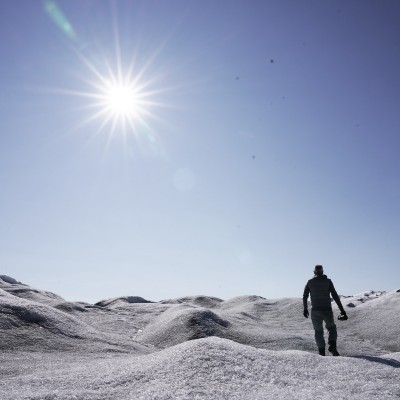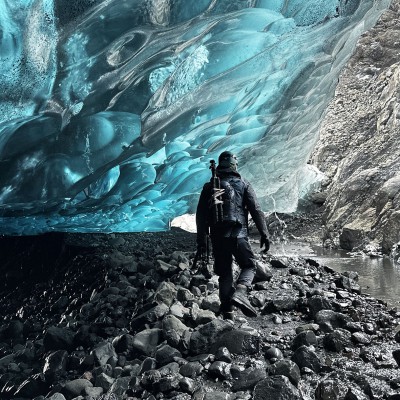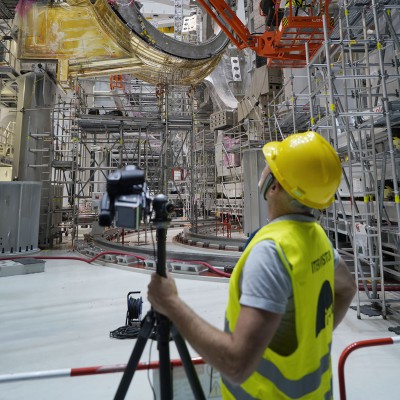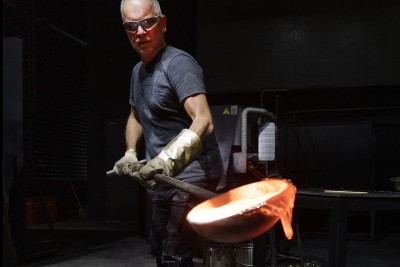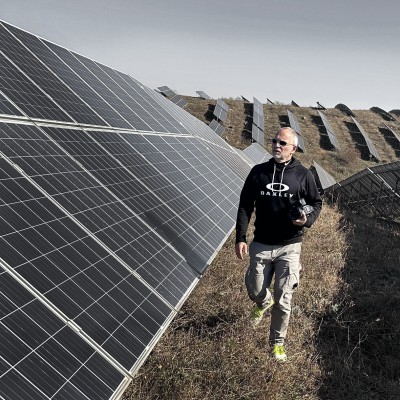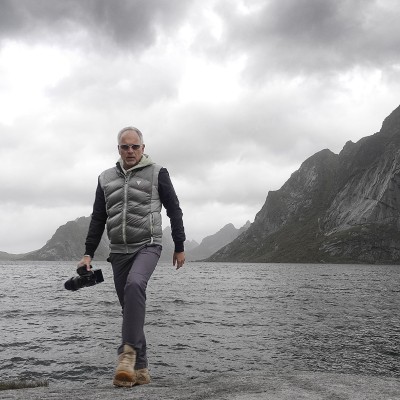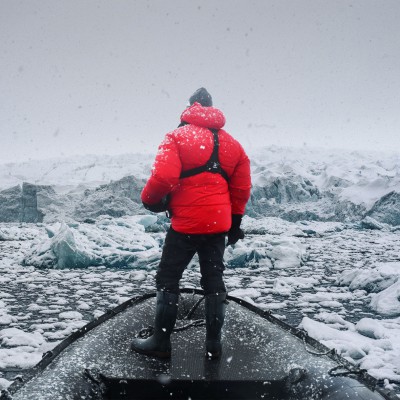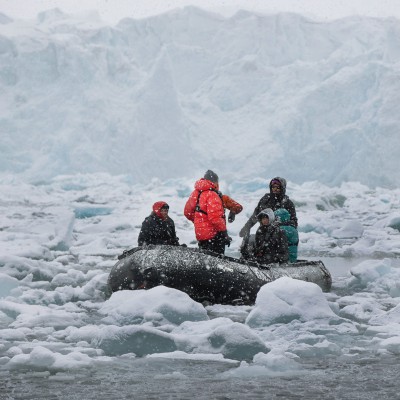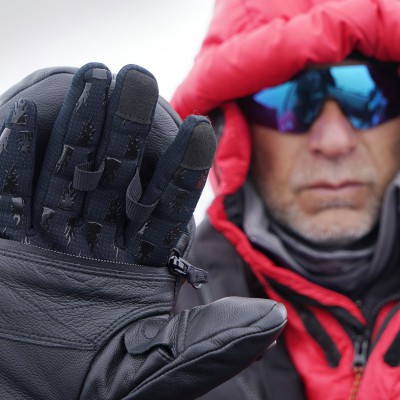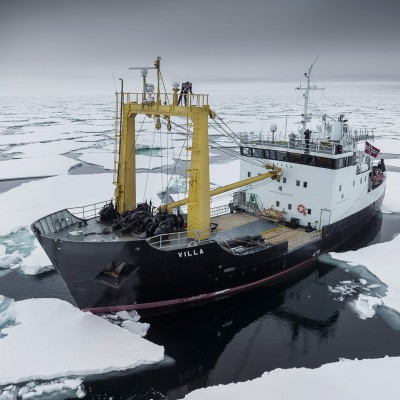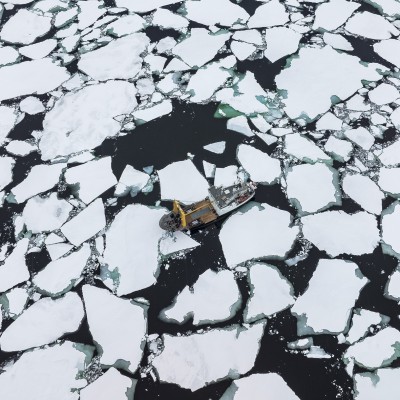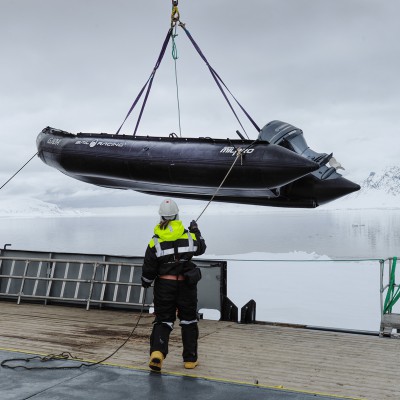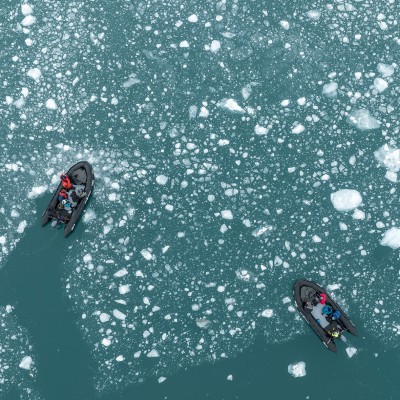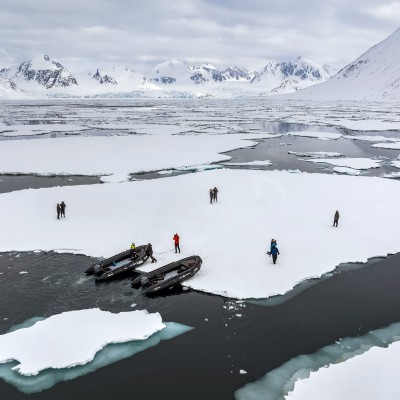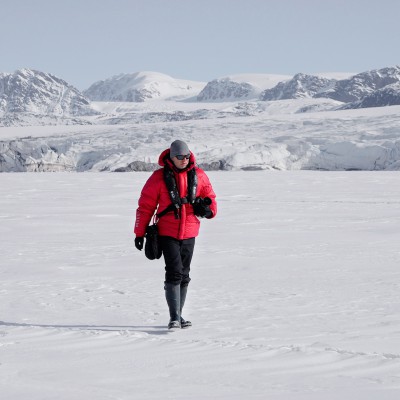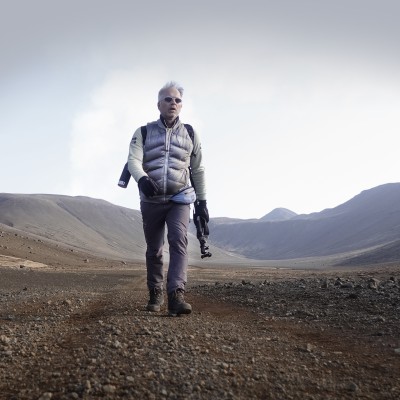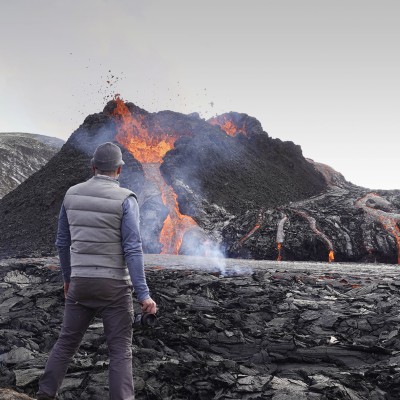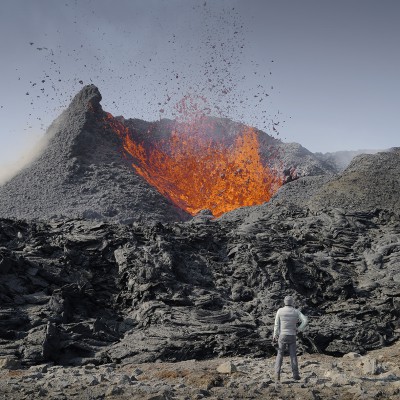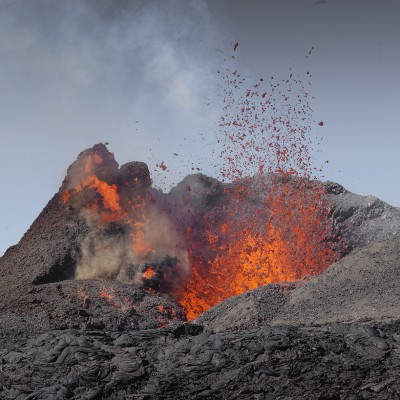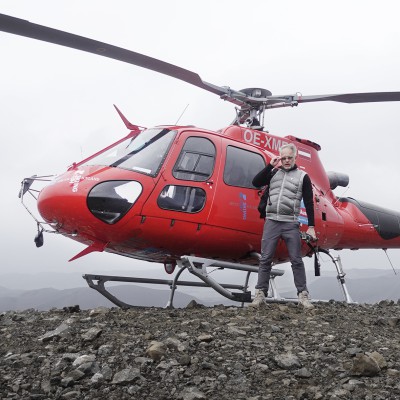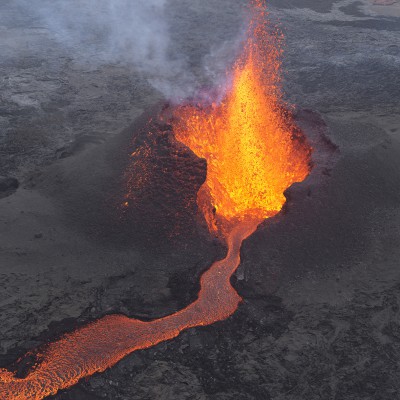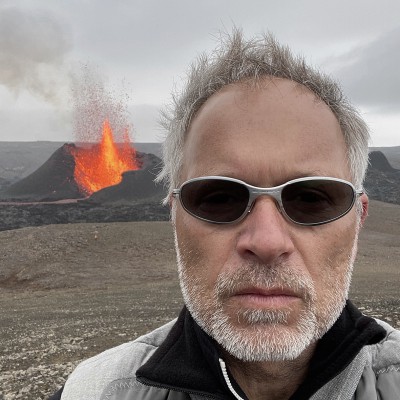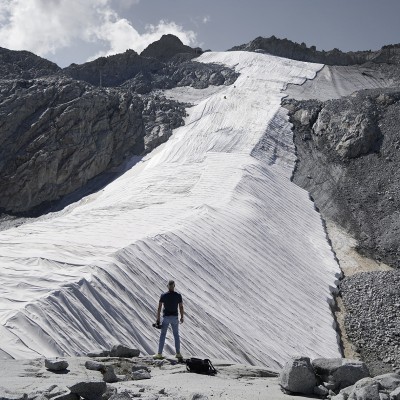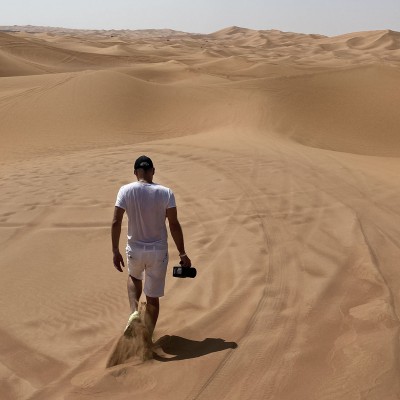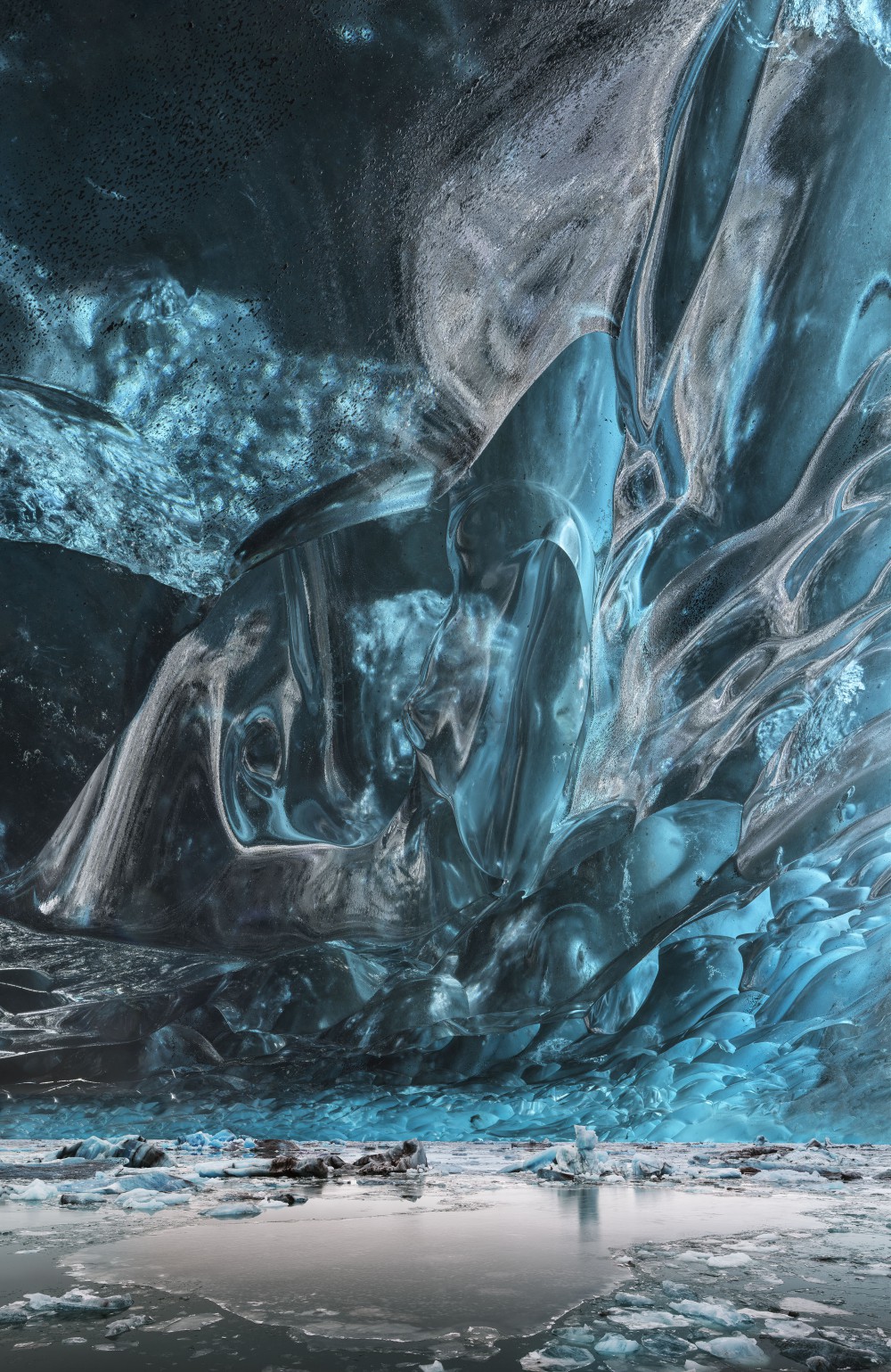
frozen flow
Format 1: 202 x 132 cm / 79.5 x 52 in, edition of 6 + 2 AP
Format 2: 102 x 67 cm / 40.2 x 26.3 in, edition of 6 + 2 AP
Hybrid photography, archival pigment print, aludibond, diasec, custom-made wood / aluminium frame
Glaciers play a crucial role in the global climate system. They act as gigantic reflectors, bouncing sunlight back into space and thereby contributing to the regulation of the Earth’s temperature. Additionally, they serve as important freshwater reservoirs and influence the global water cycle. Their existence and changes have far-reaching effects on weather and climate patterns worldwide. However, anthropogenic climate change is leading to a dramatic and accelerated loss of glacier ice, with profound consequences. This process is particularly visible in Iceland, where 11% of the land area is covered by glacier ice. The loss of glacier ice in Iceland significantly contributes to the rise in global sea levels and increases the risk of volcanic eruptions. The meltwater entering the oceans increases their total volume, posing a threat to coastal regions world- wide. This has far-reaching consequences for low-lying areas and island nations that are threatened by floods and land loss. Shrinking glaciers not only affect local water balance, but also have global impacts. They are an integral part of atmospheric and oceanic circulation patterns. Their decline alters these patterns and influences weather and climate in various parts of the world.
The work “frozen flow” illustrates the process of glacier melting and the associated rise in sea levels. The demise of the glacier is combined with overwhelming aesthetic beauty. Within the glacier, cavities and tunnels emerge due to the flow of meltwater, eroding the ice from the inside. These cavities symbolize the increasing instability of glaciers. From the upper edge of the image, a wildly meandering ice wall extends deep into the space of the picture. The ice wall appears like a living painting, drawn with the refined brushstrokes of nature, a kaleidoscope of vibrant turquoise and deep blue tones merging with various shades of gray. The colors penetrate and flow into each other, forming swirls, eddies, and waves. The ice wall seems simultaneously static and dynamic. The externally shining light creates enormous plasticity and spatiality. In the lower part of the image, the ice wall forms a kind of horizon line, from which a lake of meltwater and drifting icebergs extends into the foreground. This is the liquid space created by the glacier’s meltwater, eventually flowing into the sea. The image thus connects the inner world of a glacier with the outer world emerging through the disappearing ice, a liminal space marked by ambiguity, uncertainty, and transformation. The preservation of glaciers is essential for the stability of the global climate system and holds crucial significance for the ecological balance of our planet and the well-being of future generations.
